Google Keyword Planner: How To Access It Without Buying Ads
Every day, people from all over the world make well over three billion searches through Google alone. That makes search engines by far the best way to get people to your website. However, if you want to tap into that traffic, you’ll need to play by the search engine’s rules, and that means optimizing your content using keywords.
Coming up with the right keywords isn’t just a matter of creativity. What you need is access to real data, so you can decide which queries are worth pursuing and which aren’t. That’s the kind of data you can only get using a keyword planner tool.
In this article, we’re going to talk about why you should be using a keyword planner as part of your Search Engine Optimization (SEO) strategy. Then we’ll teach you how to access Google Keyword Planner without spending a cent. Let’s get to it!
Why You Should Be Using The Google Keyword Planner
Imagine that you want to write an article about knitting scarves. However, before you get started, you want to make sure there’s an audience for it. The best way to figure that out is by ‘asking’ Google if there’s any interest in the keyword “knitting scarves.”
That’s where a keyword planner comes in handy:
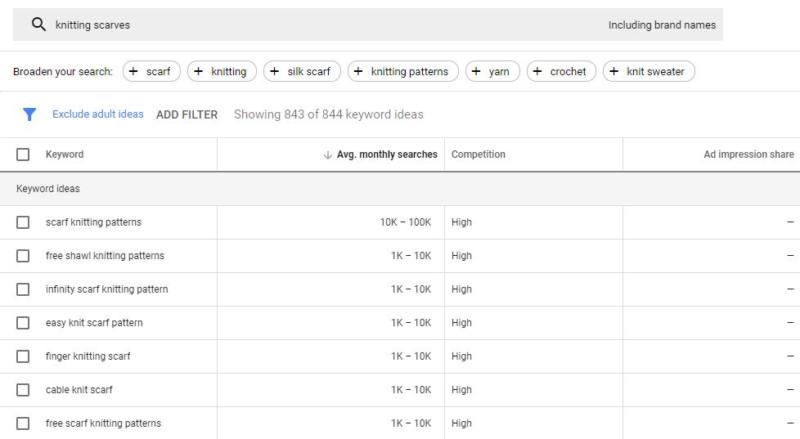
In the above example, Google Keyword Planner returned a number of suggestions related to the term we looked up. For each keyword suggestion, it tells us how many people search for it every month, as well as how much competition is out there for it.
It might surprise you to find out that there’s a ton of competition when it comes to keywords related to knitting scarves. Taking a look at all the suggestions Google Keyword Planner offers, one of your best options would be “finishing a knitting scarf”:

That particular keyword has both decent search volume and low competition. In other words, enough people are looking for it that it’s worth targeting, but there isn’t so much competition that your content would simply be lost in all the noise.
At this point, let’s recap how using a keyword planner helped us make a strong keyword decision:
- We fed it an idea, and it returned a long list of keyword suggestions.
- It helped us identify which of those keywords had decent potential.
- It told us how fierce the competition will be for each keyword.
Using a keyword planner enables you to approach content creation methodically. With the right tool, you can come up with new ideas, vet their potential, and decide which keywords you want to target first.
As we mentioned earlier, we used Google Keyword Planner in our example. It’s a free tool, and you get access to Google’s data, which is priceless. However, it’s far from the only keyword planner you can use, so feel free to shop around.
How to Access Google Keyword Planner for Free (In Just 2 Steps)
To use Google Keyword Planner, you’ll need a Google account. We’re going to go ahead and assume you already have one, so let’s jump right in.
Step 1: Set Up a Google Ads Account Login
Google Keyword Planner is one of the many tools you can find within Google’s ad platform. The idea is that marketers can use it to analyze which keywords to use for their projects.
However, that hasn’t stopped this tool from becoming a favorite for SEO enthusiasts as well. To access it, head over to Google Ads and click on the Start Now button:
Select the option to set up a new Google Ads account login, and you’ll encounter this screen:
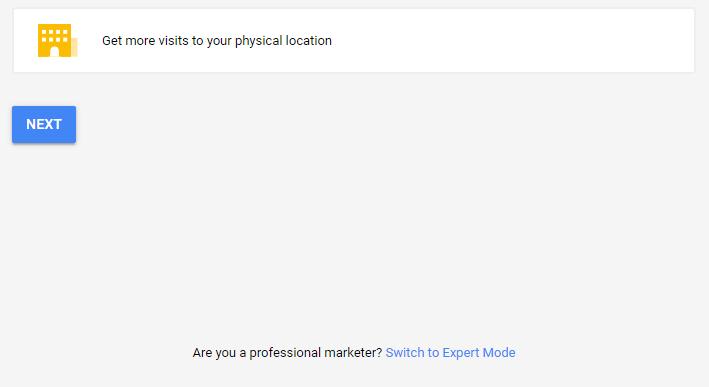
There’s a small link at the bottom that says Switch to expert mode, which only appears when you view this page in full. If you don’t see it, try re-sizing your browser until it shows up.
Clicking on that link enables us to bypass a step, since Google Ads typically forces you to create a campaign before offering access to its full suite of tools. Once you click on the link, Google Ads will ask you what type of campaign you want to run. Look for the Create an account without a campaign option and select it:
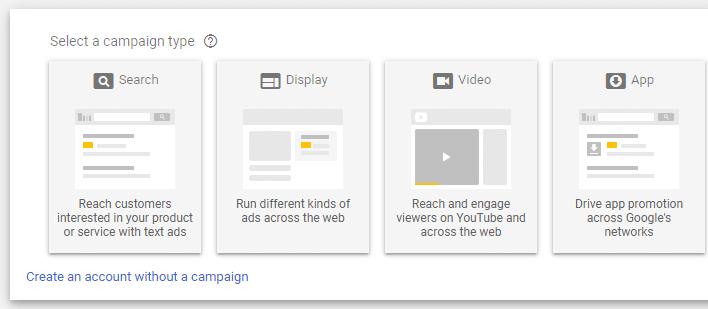
Now finish configuring your account by selecting a billing country, time zone, and currency:
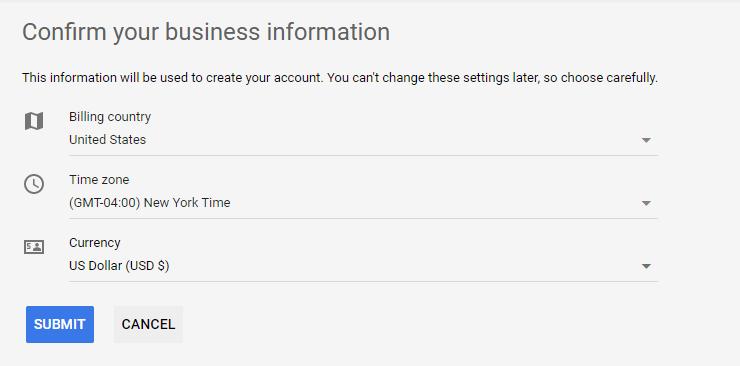
At this point your account is ready, so it’s time to check out the keyword planner tool.
Step 2: Access Google Keyword Planner
At this point, you already have access to your Google Ads dashboard. It should look something like this:
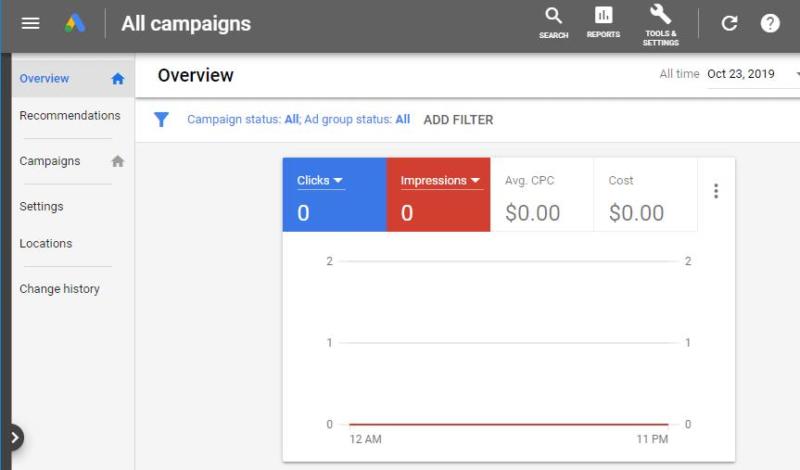
If you click on Tools & Settings at the top of the screen, you’ll see a full list of all the features you can play with. Google Ads is teeming with functionality, so you’ll probably want to read up on how to use it.
For now, though, go ahead and click on the Planning > Keyword Planner option and you’re in:
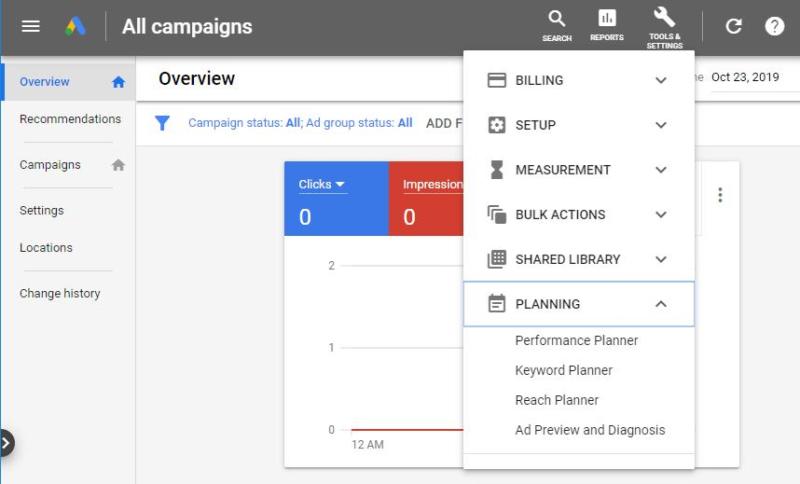
Google Keyword Planner isn’t all that hard to use. To get started, select the Discover new keywords widget. Then you can type in as many keywords as you want (separated with commas), and specify which location and language you want to see data from:

Once you click on Get Results, you’ll be right where we started at the beginning of this article. Now you can browse lists of keyword suggestions on your own. As we mentioned before, there are two key columns you’ll want to pay attention to for each keyword. Those are Avg. monthly searches and Competition:
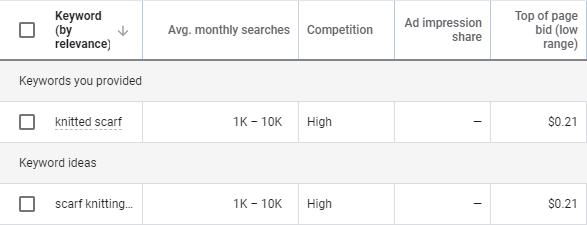
The other columns are only relevant if you’re planning on running paid ads, but that’s a topic for another day.
Finally, bear in mind that search volume doesn’t necessarily mean you will get those numbers if you target the keywords in question. You still have to keep other SEO practices in mind if you want to get more traffic, even if you’re targeting the right keywords.
All these results tell you is that the potential is there. For now, you’re ready to start looking for keywords you can use to grow your traffic.
Google Keyword Planner Conclusion
There are a lot of steps to a comprehensive SEO strategy. However, finding keywords with enough traffic to make them worth your while is a crucial part of the process. By using the right keywords, you’ll give your content a much better chance of reaching a broad audience.
The best tool you can use for the job is Google Keyword Planner, and you can access it for free in two steps:
- Set up a Google Ads account without creating an ad campaign.
- Access Google Keyword Planner.
Related Resources
- How to Choose Effective Keywords for Your Social Posts
- 3 Simple Steps to Choosing Better Keywords
- Bid Your First Page Estimate on Best Converting Keywords
Image credit: Pixabay.


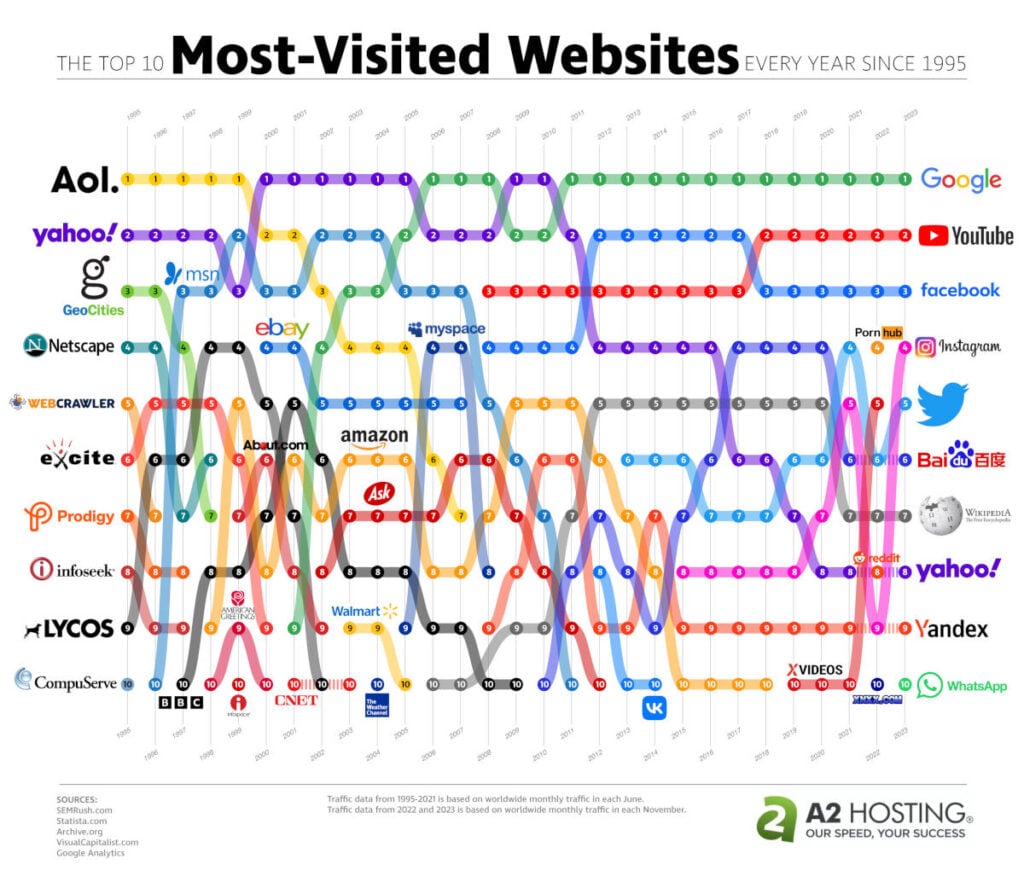

![How Fast Hosting & Fast Sites Improve Your Bottom Line [Infographic]](https://www.a2hosting.com/blog/content/uploads/2021/01/web-hosting-performance.jpg)